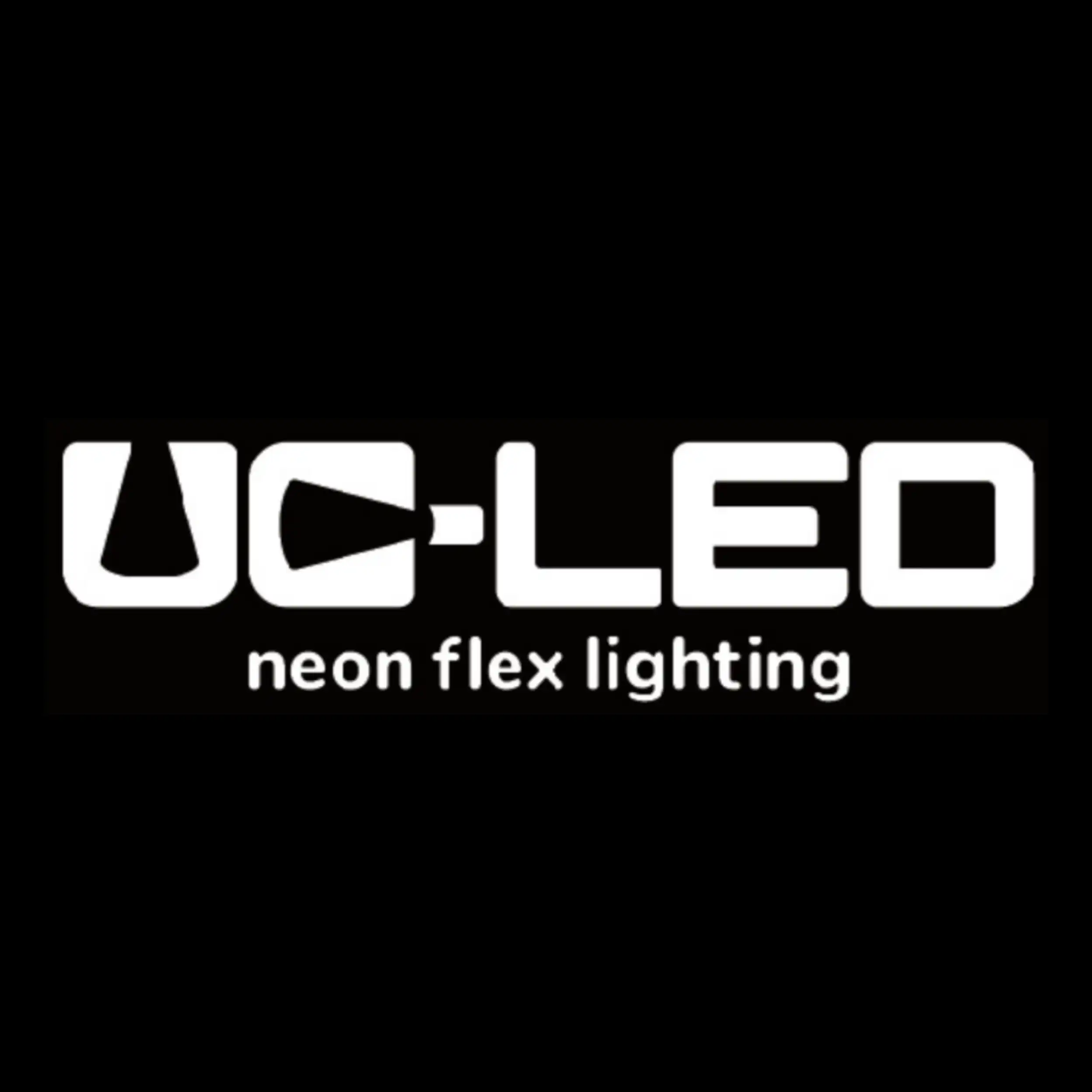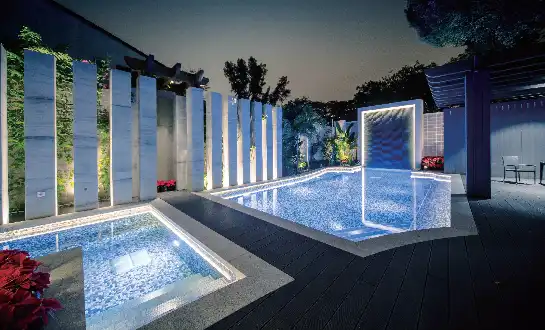What is architectural illumination?
Architectural illumination is the art and science of enhancing buildings and structures through strategic lighting design. It goes beyond mere functionality, transforming ordinary edifices into captivating visual spectacles. This sophisticated approach to lighting combines aesthetics with practicality, accentuating architectural features, creating ambiance, and improving the overall experience of built environments. Architectural illumination plays a crucial role in shaping our perception of spaces, influencing emotions, and bringing life to urban landscapes after dark.

The Evolution of Architectural Illumination
Architectural illumination has come a long way since its inception. Early forms of architectural lighting were primarily focused on basic visibility and safety. However, as technology advanced and design philosophies evolved, lighting became an integral part of architectural expression.
From Functional to Artistic
In the early 20th century, architectural illumination began to shift from purely functional purposes to more artistic applications. Designers started to recognize the potential of light as a medium for enhancing architectural beauty and creating visual impact. This shift marked the beginning of a new era in building design, where lighting became a key consideration from the initial planning stages.
Technological Advancements
The development of new lighting technologies has been a game-changer for architectural illumination. The introduction of LED (Light Emitting Diode) technology, in particular, has revolutionized the field. LEDs offer numerous advantages, including energy efficiency, longevity, and versatility in color and intensity control. These advancements have opened up new possibilities for creative lighting designs that were previously unimaginable.
Sustainable Illumination
As global awareness of environmental issues has grown, so has the emphasis on sustainable architectural illumination. Modern lighting designs now prioritize energy efficiency and reduced light pollution. Smart lighting systems, which can adjust based on occupancy or time of day, have become increasingly popular. These innovations not only reduce energy consumption but also contribute to more environmentally friendly urban environments.
Key Elements of Architectural Illumination
Effective architectural illumination requires careful consideration of various elements. These components work together to create visually stunning and functional lighting designs that enhance the built environment.
Light Distribution
The way light is distributed across a structure is fundamental to architectural illumination. Designers must consider factors such as uniformity, contrast, and shadow play. Proper light distribution can accentuate architectural features, create depth, and guide the viewer's eye to focal points of interest.
Color Temperature
Color temperature plays a significant role in setting the mood and atmosphere of a space. Warm color temperatures (2700-3000K) can create a cozy, inviting ambiance, while cooler temperatures (4000-6500K) can evoke a sense of clarity and alertness. Skilled lighting designers carefully select color temperatures to complement the architecture and its intended use.
Intensity and Dimming
The ability to control light intensity is crucial in architectural illumination. Dimming capabilities allow for dynamic lighting scenarios that can adapt to different times of day or specific events. This flexibility enhances the functionality and visual appeal of spaces, creating versatile environments that can transition from bright and energetic to soft and intimate.
Layering
Effective architectural illumination often involves layering different types of lighting. This approach combines ambient, task, and accent lighting to create depth and interest. Layered lighting can highlight architectural details, provide functional illumination, and contribute to the overall aesthetic of a space.
Applications and Impact of Architectural Illumination
Architectural illumination finds applications across a wide range of structures and environments, each with its unique requirements and opportunities for creative expression.
Commercial Buildings
In commercial settings, architectural illumination serves multiple purposes. It can enhance brand identity, create inviting retail environments, and improve workplace productivity. Well-designed lighting in office buildings can boost employee well-being and performance, while innovative illumination in shopping centers can attract customers and increase sales.
Cultural and Historical Landmarks
Architectural illumination plays a vital role in preserving and showcasing cultural heritage. Historic buildings and monuments can be brought to life at night through carefully planned lighting designs. This not only enhances their beauty but also contributes to cultural tourism and public appreciation of architectural heritage.
Urban Landscapes
The impact of architectural illumination extends beyond individual buildings to entire cityscapes. Thoughtful lighting design can transform urban environments, creating a sense of place and identity. It can improve wayfinding, enhance public safety, and contribute to the overall attractiveness of cities as destinations for residents and visitors alike.
Residential Spaces
In residential architecture, illumination design focuses on creating comfortable and functional living spaces. It can highlight architectural features, improve the perception of space, and contribute to a home's overall ambiance. Smart home lighting systems are becoming increasingly popular, allowing homeowners to customize their lighting environments with ease.
Sustainable Urban Development
Architectural illumination is playing an increasingly important role in sustainable urban development. Energy-efficient lighting solutions, such as LED technology and smart control systems, are helping cities reduce their carbon footprint while still providing attractive and functional lighting. This balance between aesthetic appeal and environmental responsibility is crucial for the future of urban design.
Conclusion
In conclusion, architectural illumination is a dynamic and evolving field that combines art, science, and technology to enhance our built environment. It has the power to transform spaces, evoke emotions, and create lasting impressions. As technology continues to advance and sustainability becomes ever more critical, the future of architectural illumination promises to be both exciting and impactful.
For those interested in exploring innovative lighting solutions for their architectural projects, QUAN HE Lighting Co., Ltd. offers a range of cutting-edge products and expertise. To learn more about our lighting solutions and how they can enhance your architectural designs, please contact us at Linda@uc-led.com.
References
1. Smith, J. (2022). The Art of Light: A Comprehensive Guide to Architectural Illumination. Architectural Press.
2. Johnson, A. & Brown, M. (2021). Sustainable Lighting Design for Modern Architecture. Journal of Green Building, 16(3), 45-62.
3. Lee, S. (2023). LED Technology and Its Impact on Architectural Lighting. Illumination Engineering Society.
4. García-Hansen, V. & Isoardi, G. (2020). Perception and Visual Comfort in Architectural Spaces: The Role of Illumination. Building and Environment, 185, 107321.
5. Taylor, R. (2022). Smart Lighting Systems in Urban Design: Balancing Aesthetics and Functionality. Urban Planning Review, 29(2), 112-128.

Looking for high-quality LED flexible strips? Click for a free quote in 24 hours!

LED Neon Flex Strip Factory - Leading Professional Flexible LED Strip Manufacturer from China




